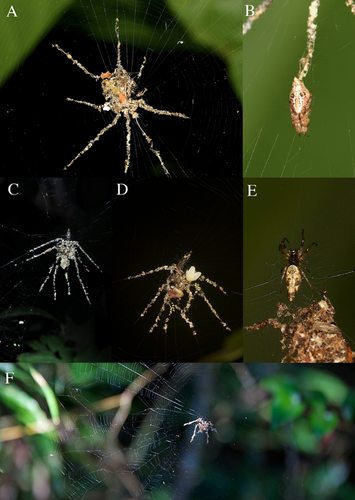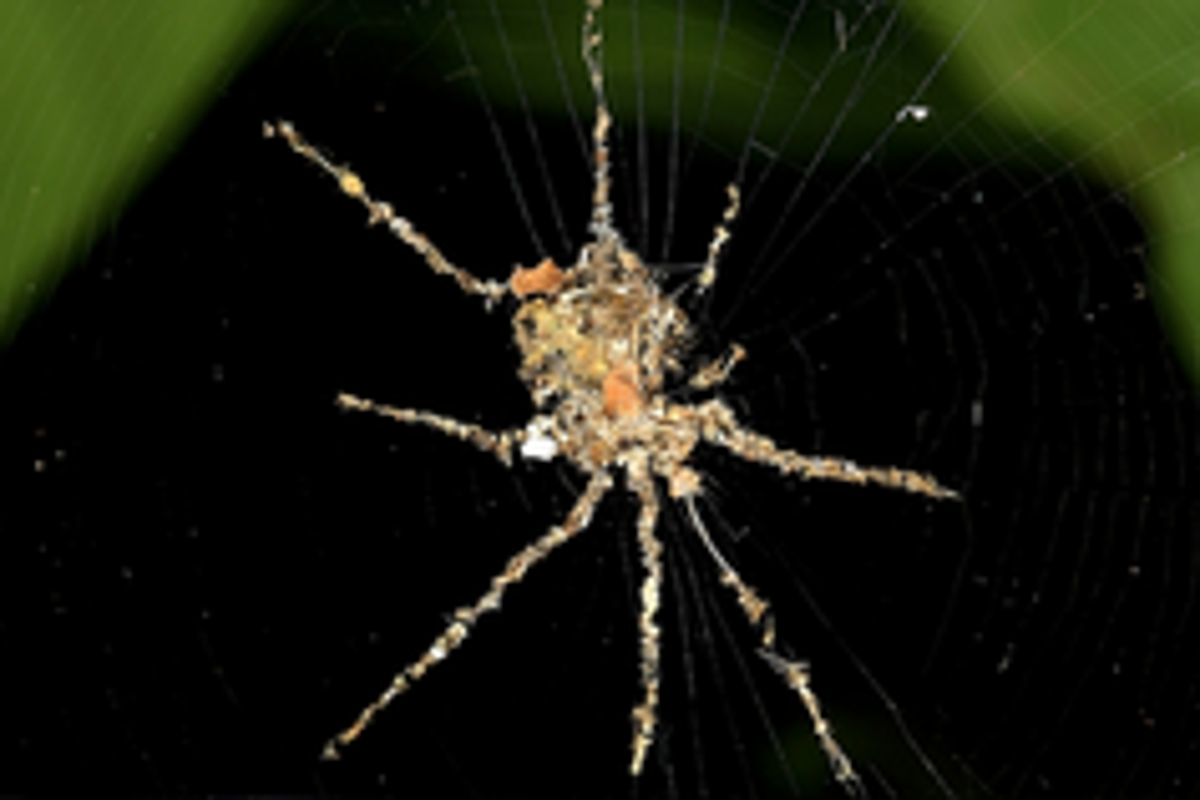Two species of spiders have been observed for the first time weaving larger “decoy” models of themselves to protect themselves from predators.
The findings mark the first instance of any creature creating “scarecrow” versions to escape predators, researchers say.
These orb-weaving spiders belong to the genus Cyclosa genus and are found in the dense rainforests of the Philippines and Peru.
They have been observed for the first time making decorations resembling much larger and more dangerous spiders, made out of silk and natural materials like prey carcasses, leaves, and plant matter.
Sometimes, these decoys, often arranged at the centre of the web, may be up to 10 times as large as their creators, according to the new study published in the journal Ecology and Evolution.

The Cyclosa spiders also shake their webs to create movement of their fake decoys, called stabilimenta, and scare of predators.
“Here, we provide the first formal scientific record of Cyclosa species from two continents that create stabilimenta visually resembling the shape of a larger spider,” researchers wrote in the study.
“The decoys created by our Cyclosa species are not just larger, but they are shaped to resemble a potential threat or an undesirable prey item, potentially providing a more effective deterrent against predators like damselflies,” they wrote.
The Peru spider was observed constructing its decoys in darkness after the sun sets, completing the rest of the web closer to dawn.
Researchers suspect this behaviour is evolutionarily optimised and a key component of the survival strategy of the species.
“This strategy allows them to complete the most critical part of their defence when visual predators are not active. The spiders can then rest and complete the finer parts of the web in the pre-dawn hours, ensuring that their snare is ready for prey capture at first light,” they wrote.
“This would minimise the time the spiders are exposed without their primary defence during daylight hours,” scientists explained.
However, researchers are unclear what forces drove these particular populations or species to evolve such a complex and unique “spider-like decoys”.
“Perhaps there is particularly strong selection from predation within both of these groups that has resulted in increasingly complex visual defence,” they wrote.
Scientists hope future experimental studies could shed further light on this.
They suspect experiments comparing the survival rates of spiders with different decoy size and web decorations could help test the protective function.




)